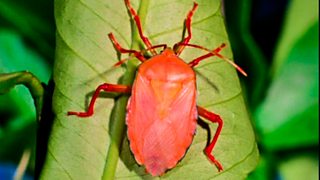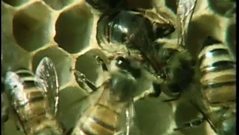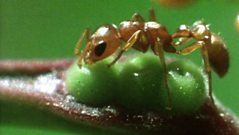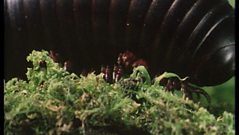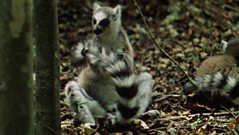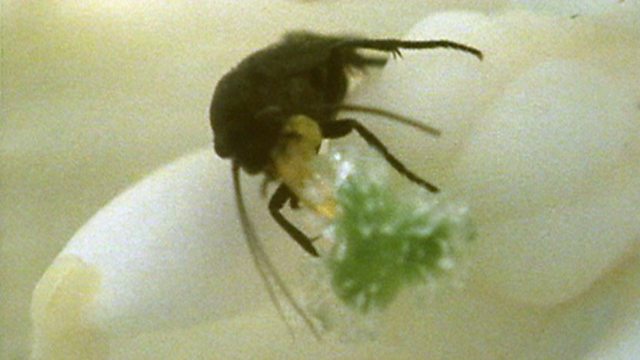
The plants and moths that depend on each other to survive
The reproductive cycles of yucca plant and moths are intertwined.
In Central America, yucca plants and yucca moths are completely dependant on each other.
The tiny moths spend their days moving from flower to flower, inspecting them.
But not all the flowers are at the same stage of development since the stamens mature first, and it is these that the moth is looking for.
Once the female moth - who has already mated - has got herself some pollen, she gathers it into a tight ball which she holds under her head as she searches for other flowers that are at a different stage of development.
This time she is more interested in the ovaries at the centre of the flowers. She will then spend around 20 minutes using her egg-laying tube to lay her eggs in the base of the flower's ovary.
When she has finished she takes some grains of pollen from the balls she has collected and smears them into the stigma with mouth parts that have been specially developed for the purpose.
Then she will repeat the entire procedure in other ovaries of the flower. By pollinating the flower she ensures that her eggs will develop well in the ovary below and that, when they hatch into caterpillars, her young will have a rich source of food waiting for them in the form of seeds.
But there are more seeds than the caterpillars can possibly eat so when the yucca comes into fruit there are plenty of undamaged seeds to ensure that new plants will appear.
It is a very fine balance. Without the moth's special mouthparts, the yucca would not be pollinated. And without the yucca, the moth's caterpillars would starve.
Duration:
This clip is from
Featured in...
![]()
±«Óãtv Nature
Be captivated, informed and inspired by the world's wildlife.
More clips from The Swarming Hordes
-
![]()
Sisterhood
Duration: 01:40
-
![]()
Ants and acacias - a top team
Duration: 02:28
More clips from Life on Earth
-
![]()
Lucky pups—The Rise of the Mammals
Duration: 03:29
-
![]()
Millennia of millipedes—The First Forests
Duration: 01:50
-
![]()
Creatures of the night—Life in the Trees
Duration: 01:16
-
![]()
Scent sense—Life in the Trees
Duration: 02:55
